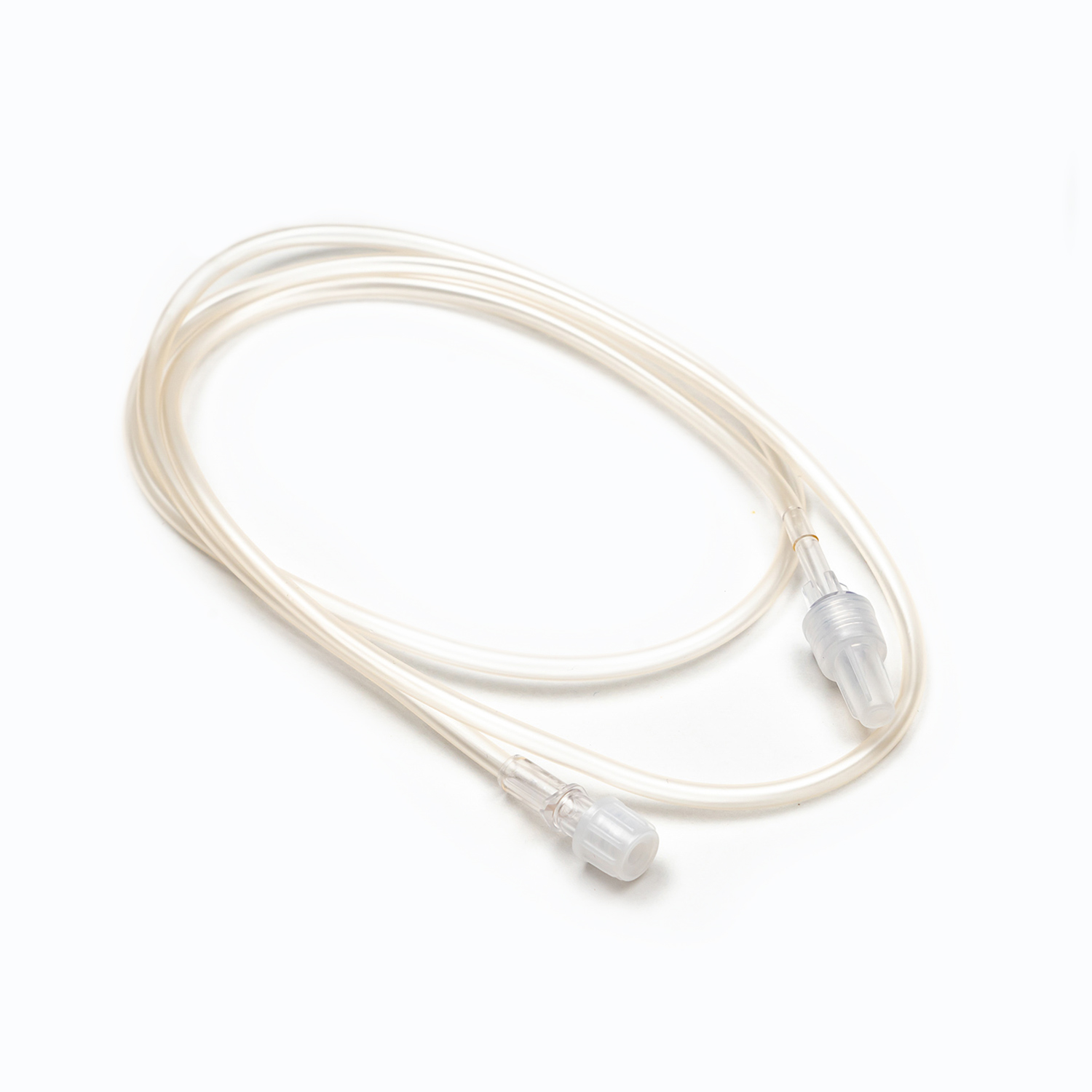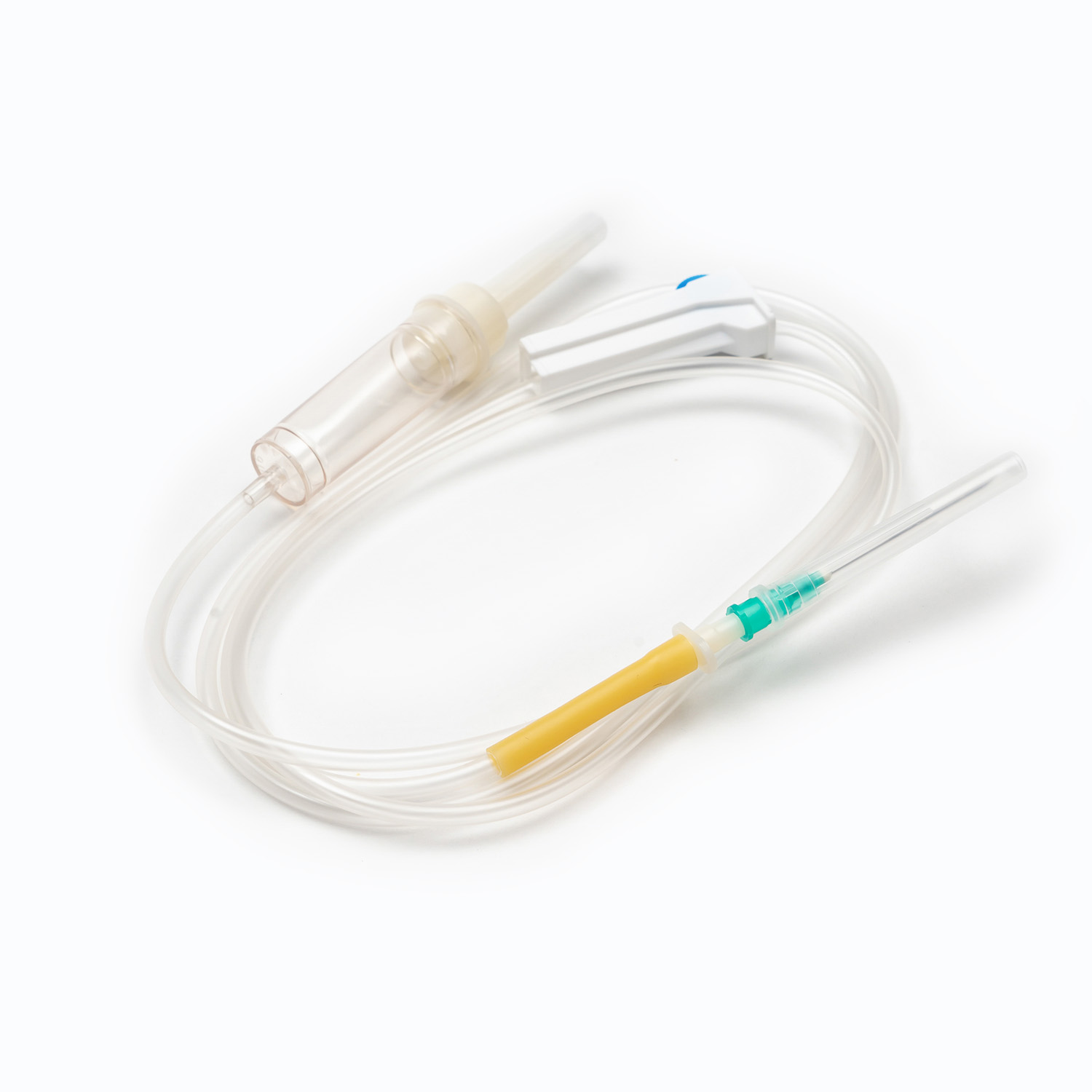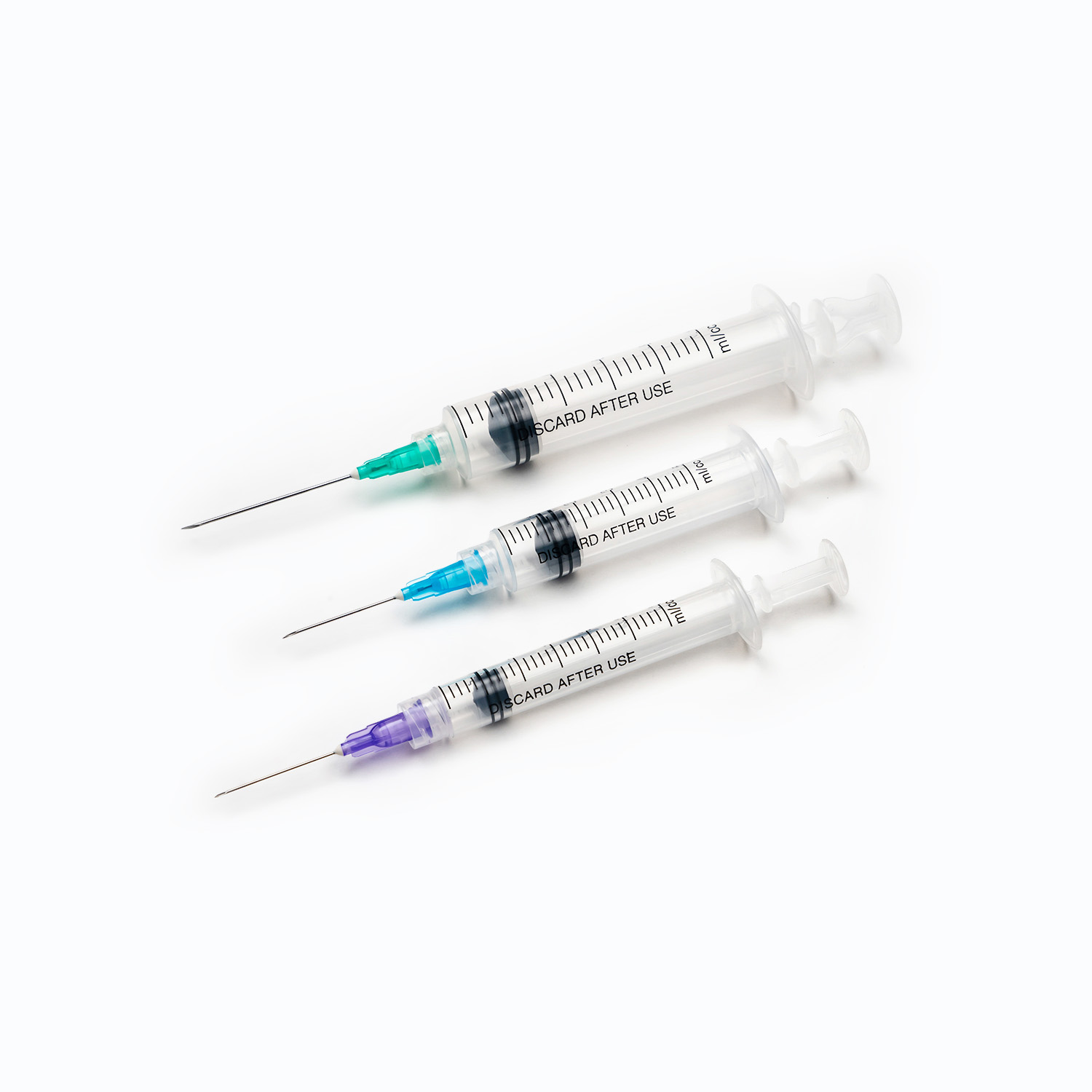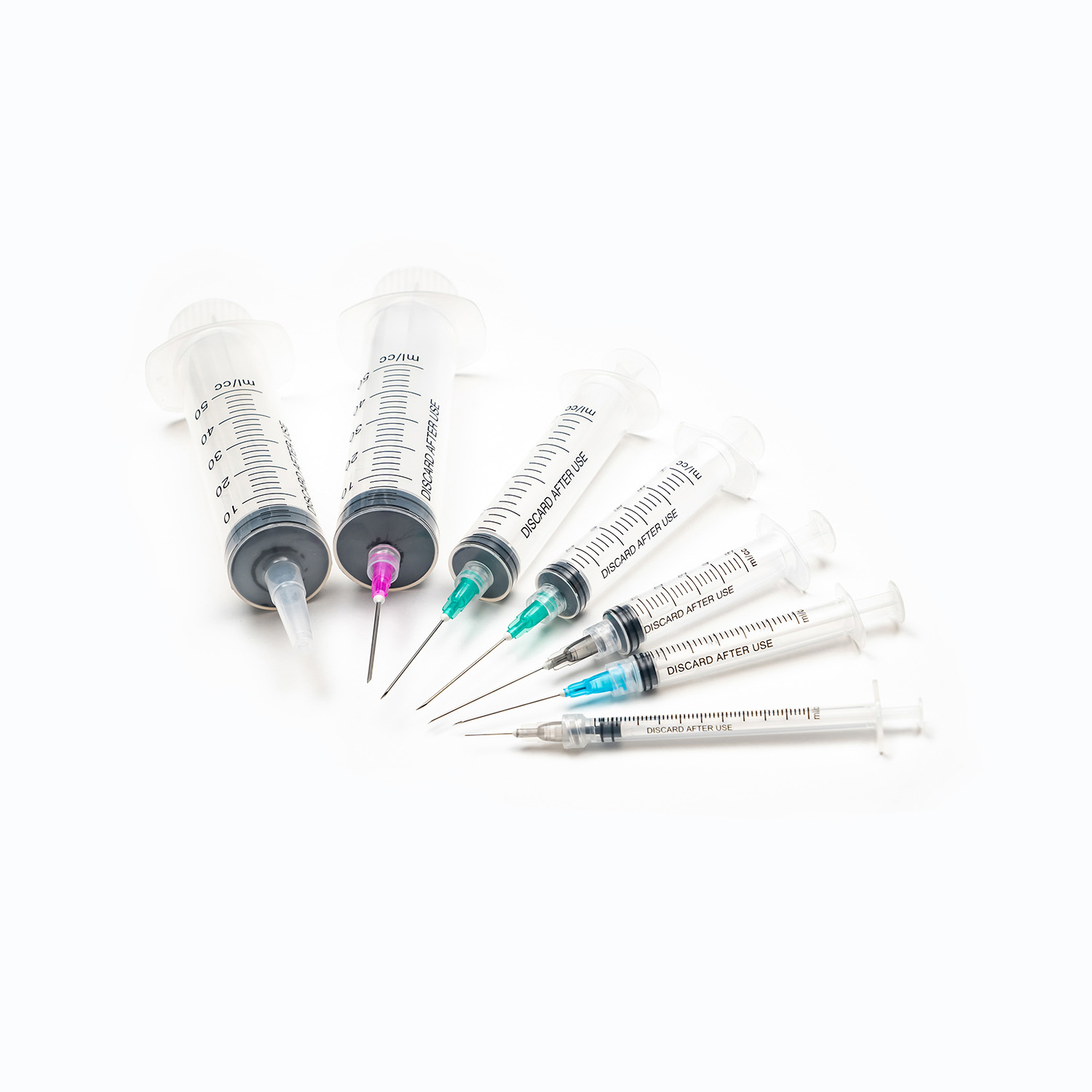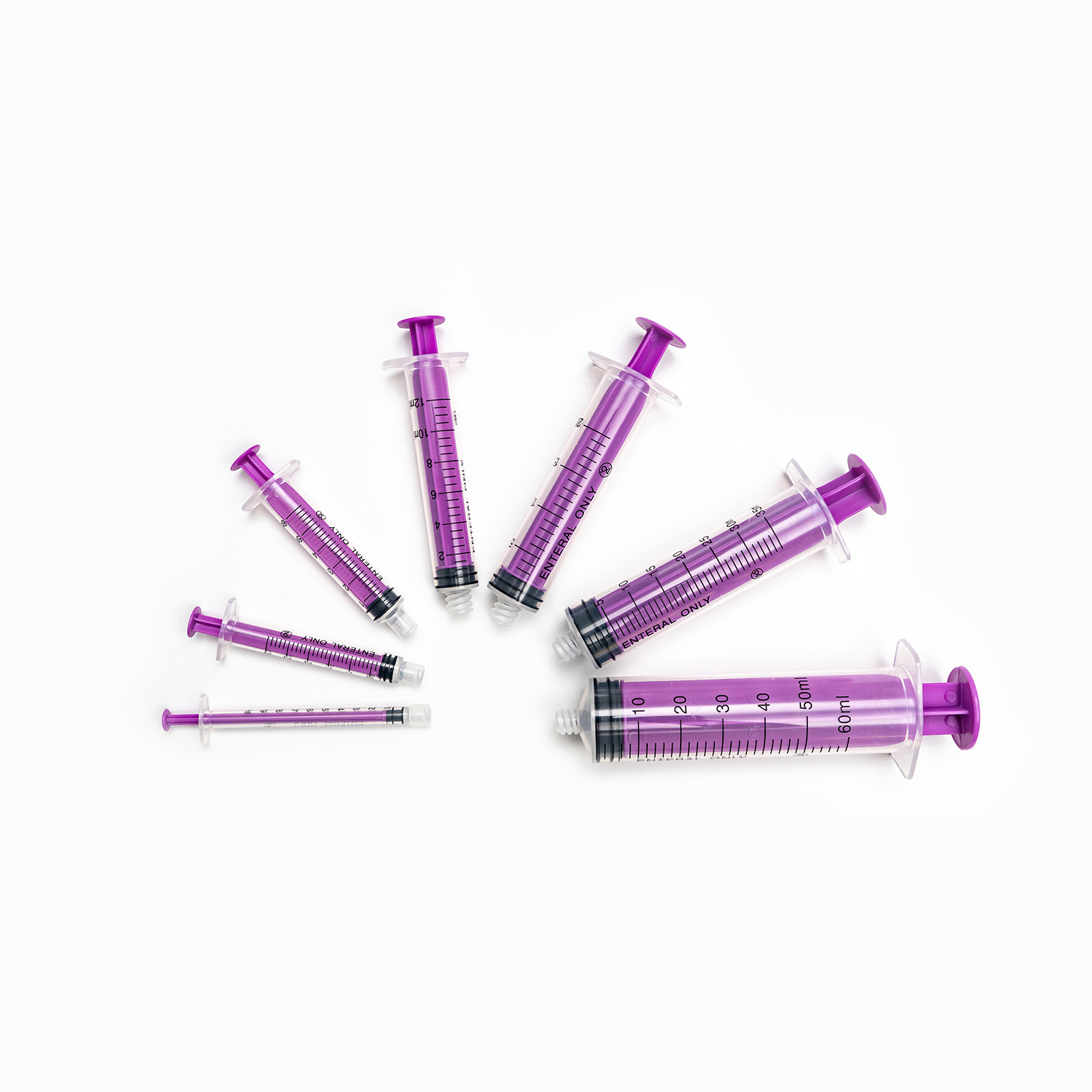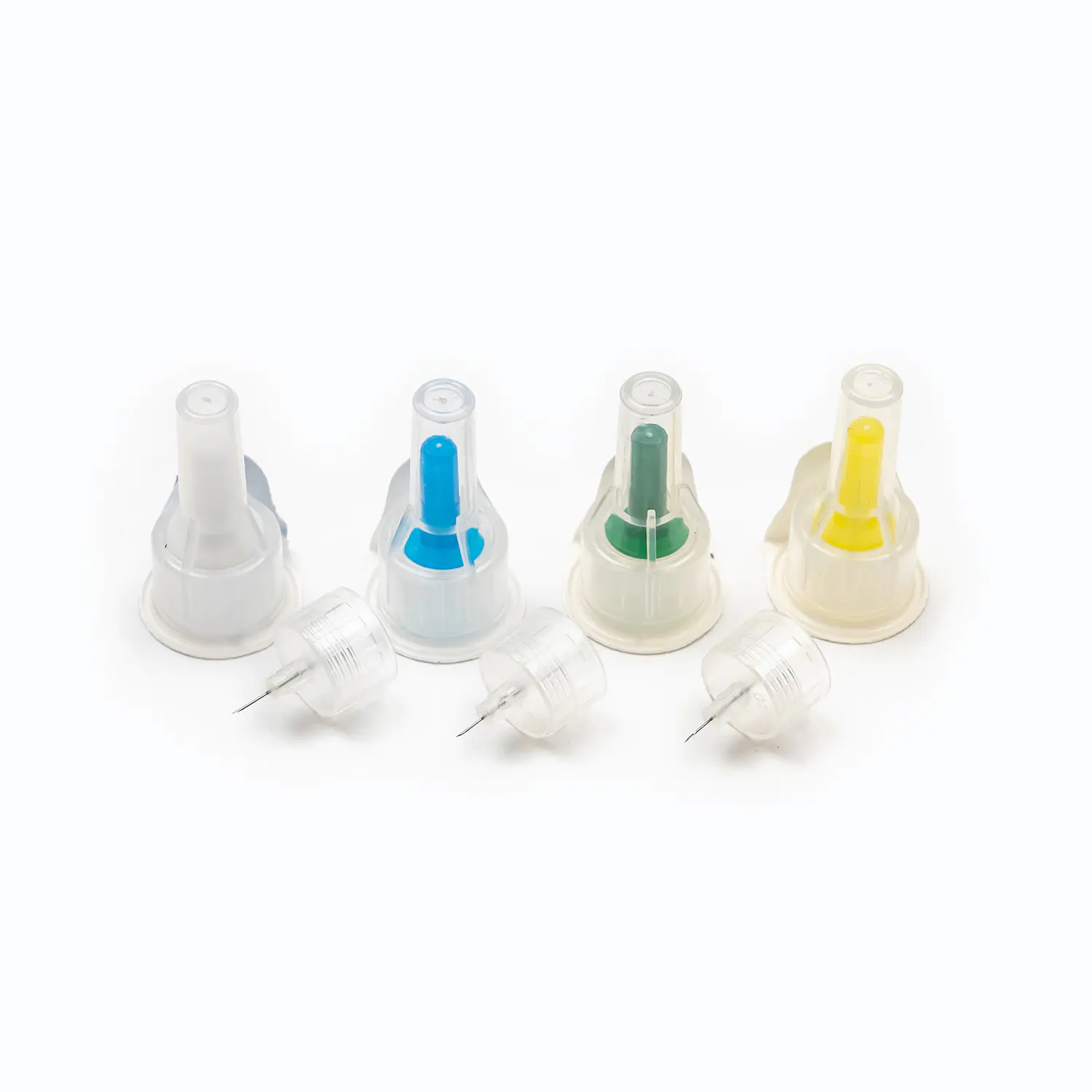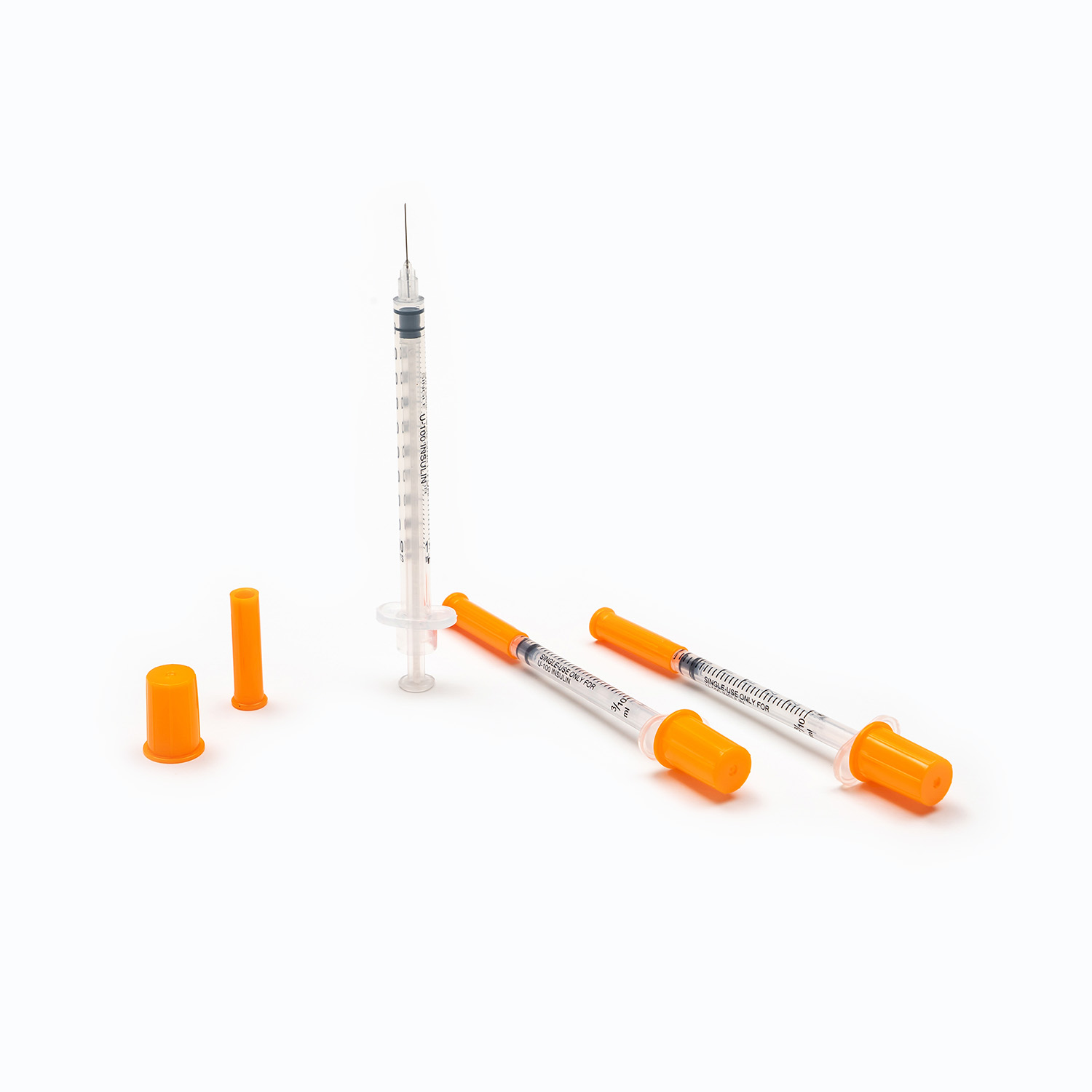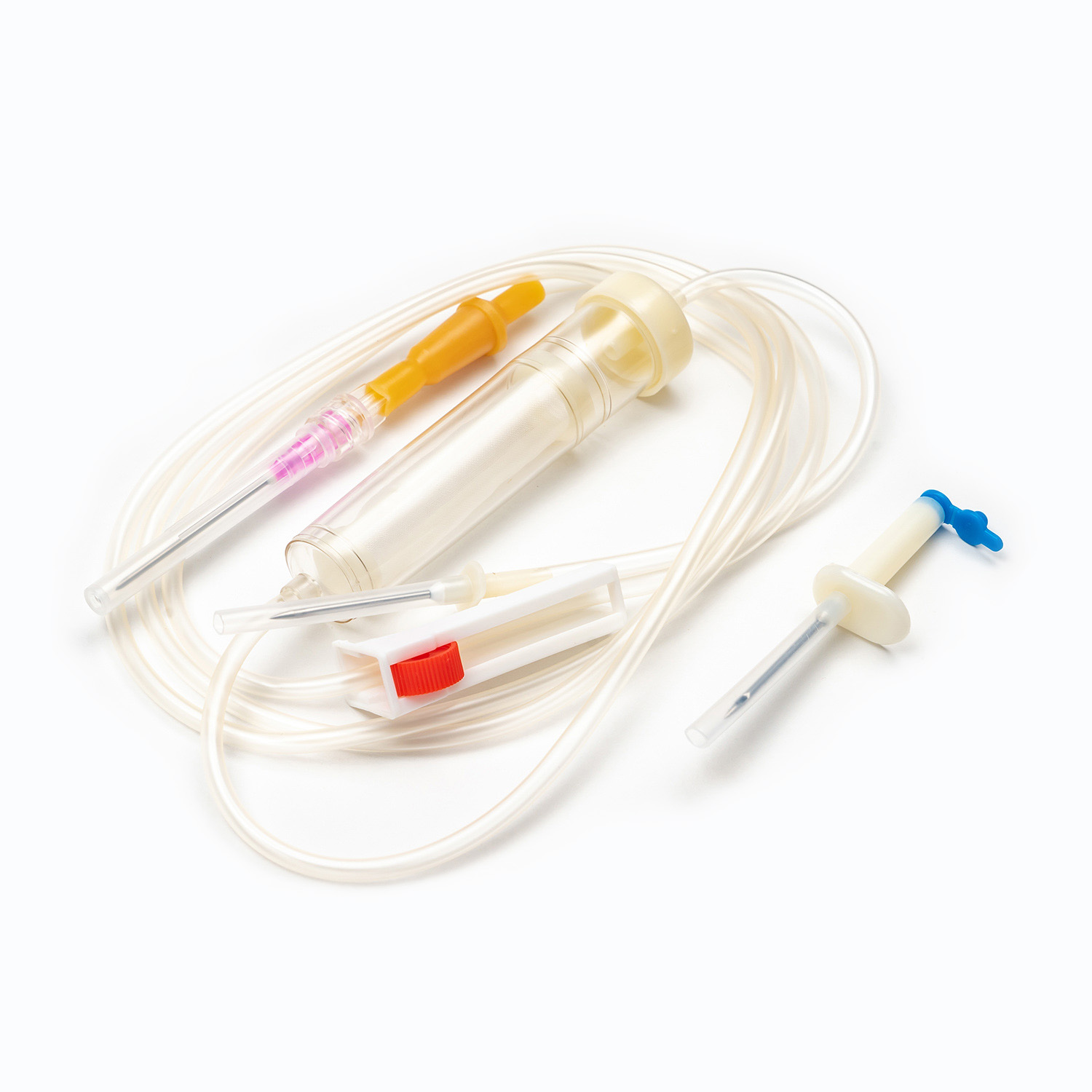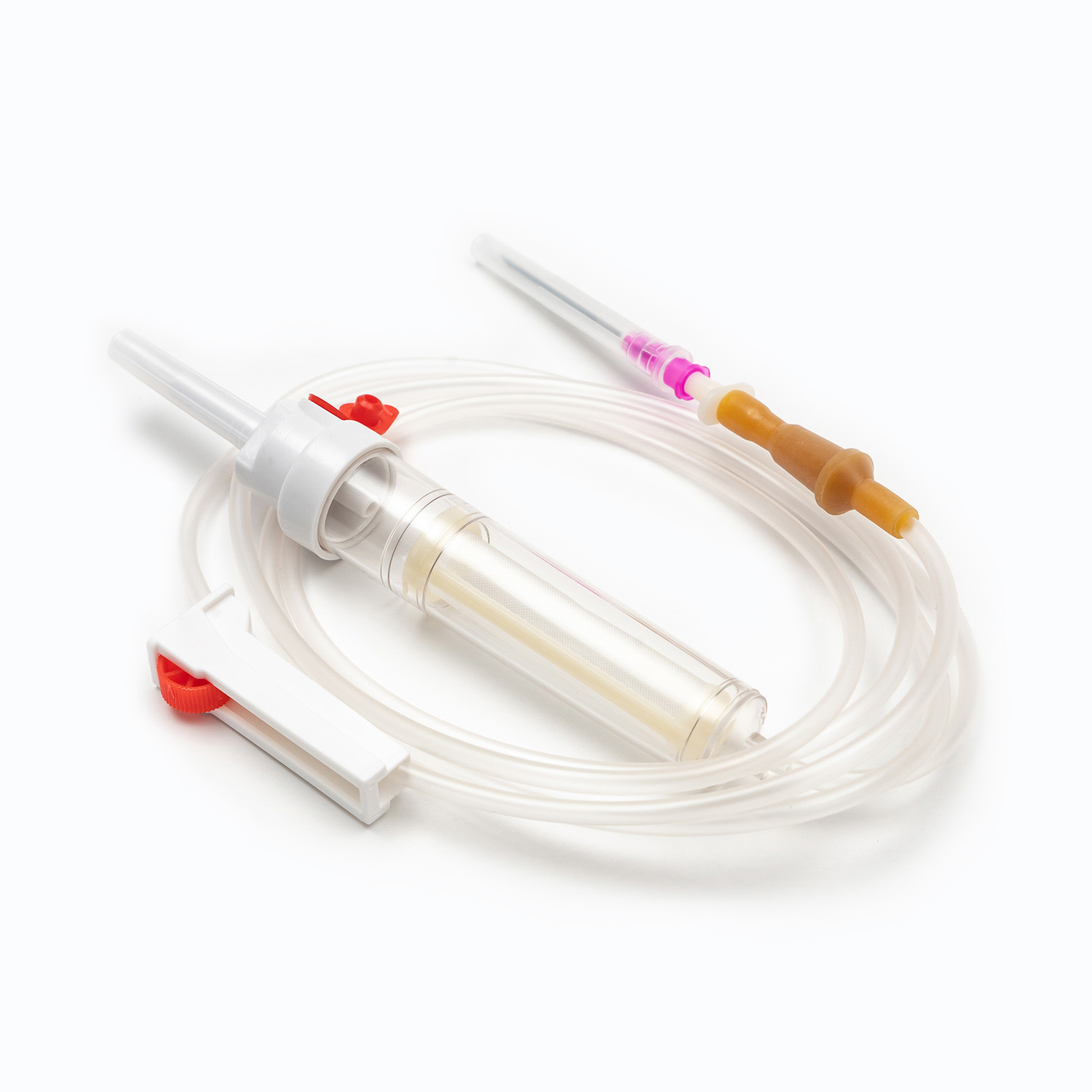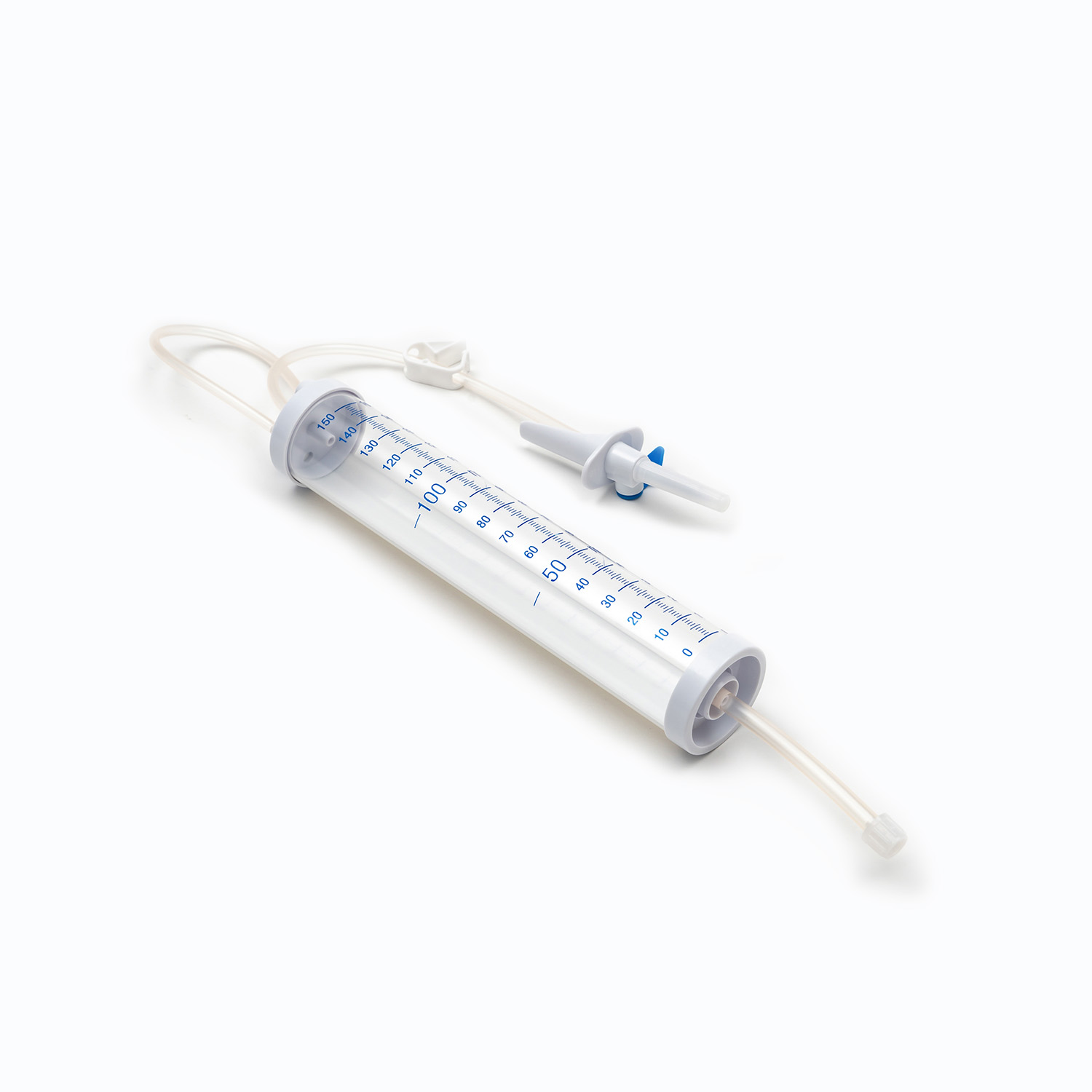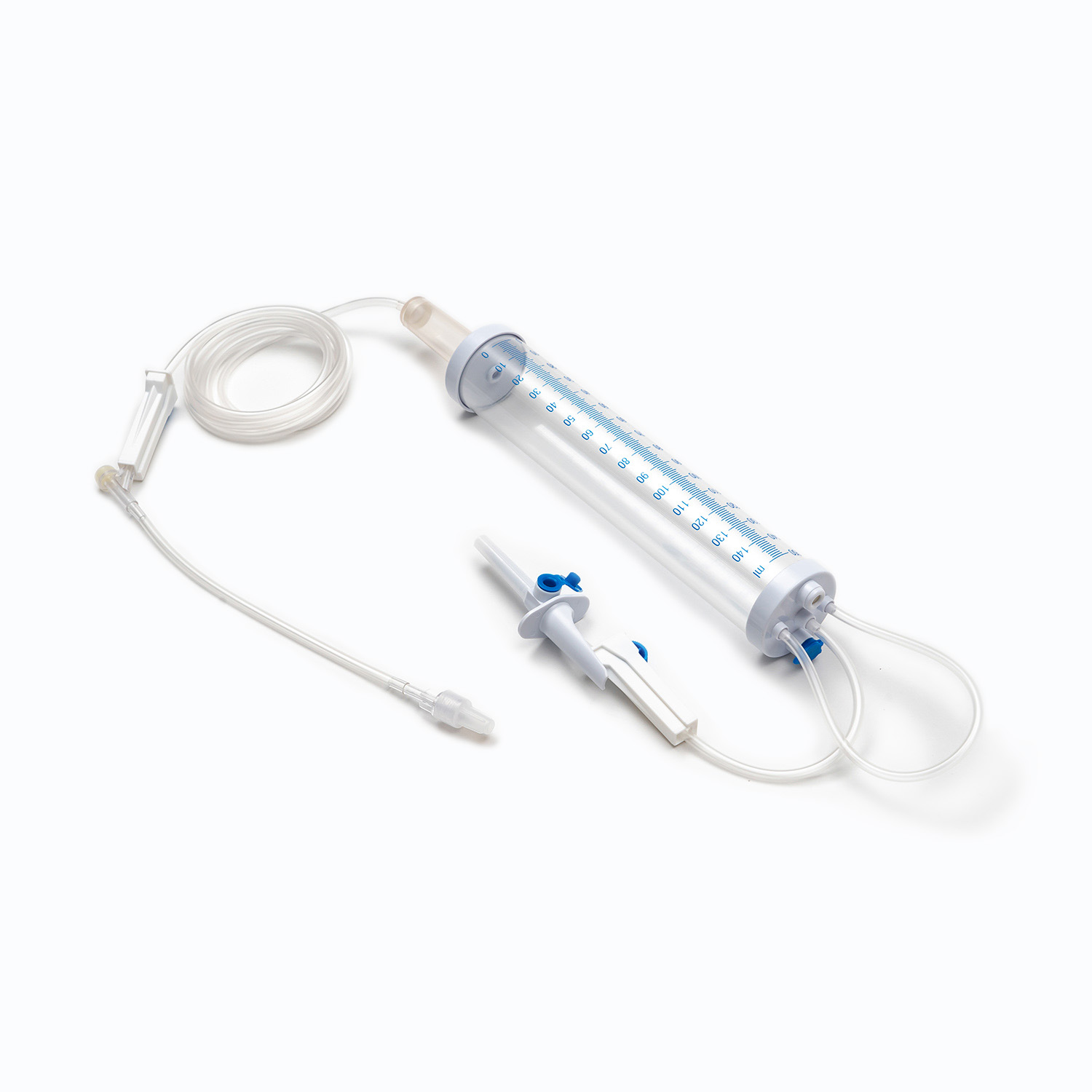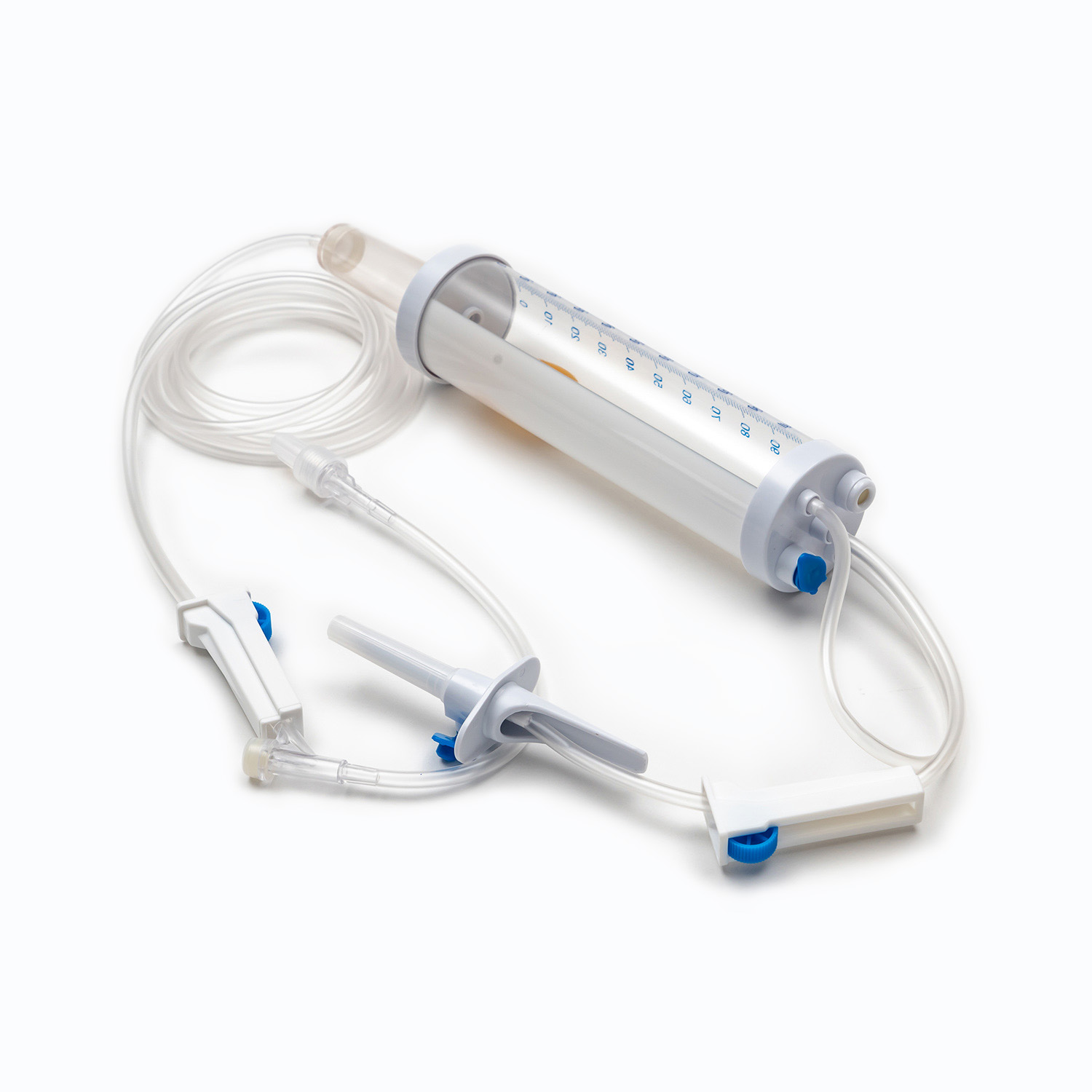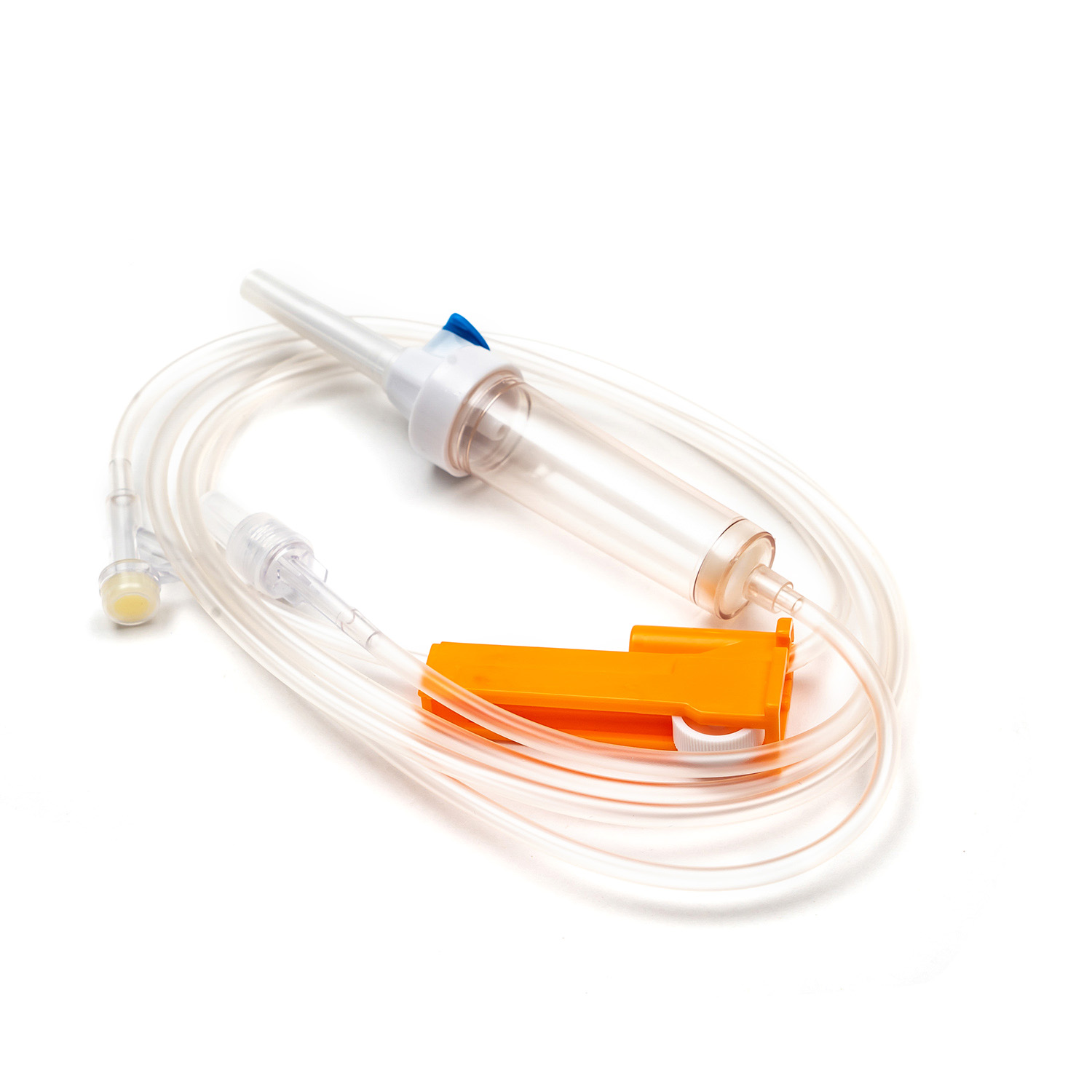In the future development of medical care, how can innovation in blood transfusion sets be absent?
Jun 01,2024
In the medical field, blood transfusion sets are one of the important tools for saving lives. With the rapid advancement of science and technology, blood transfusion sets have also evolved from simple to complex, and from single to multiple. The innovation of blood transfusion sets led by science and technology has not only improved the safety and efficiency of the blood transfusion process, but also promoted the overall development of the medical field.
Traditional blood transfusion sets are mainly composed of rubber tubes and simple filtering devices. Although they can meet basic blood transfusion needs, they have many limitations in safety and intelligence. For example, traditional blood transfusion sets cannot effectively filter microorganisms and tiny particles in the blood, increasing the risk of transfusion reactions; at the same time, the lack of real-time monitoring and recording functions makes it difficult to trace problems during the blood transfusion process.
The introduction of nanotechnology has brought revolutionary changes to blood transfusion sets. By embedding nanofilters in blood transfusion sets, accurate filtration of harmful substances such as microorganisms, viruses, and bacteria in the blood can be achieved, greatly improving the safety of blood transfusion. In addition, nanomaterials also have self-cleaning and antibacterial functions, which can effectively prevent the risk of infection during blood transfusion.
The application of intelligent sensing technology enables blood transfusion sets to have real-time monitoring and recording functions. By installing sensors in the blood transfusion device, key parameters such as blood flow rate, temperature, and pressure can be monitored in real time to ensure the smoothness and safety of the blood transfusion process. At the same time, intelligent sensing technology can also transmit data to the medical information system to realize automatic recording and analysis of data, providing strong support for clinical decision-making.
Breakthroughs in biomaterials provide safer and more comfortable material options for blood transfusion sets. Blood transfusion sets made of materials with good biocompatibility can reduce stimulation to the patient's body and reduce the risk of transfusion reactions. In addition, some biomaterials with special functions, such as antibacterial and antiviral materials, are also used in the manufacture of blood transfusion sets, further improving the safety of blood transfusion.
The primary significance of blood transfusion device innovation is to improve the safety of blood transfusion. By adopting nanofilters, intelligent sensing technology, and biomaterials, harmful substances in the blood can be effectively filtered to reduce the risk of transfusion reactions; real-time monitoring and recording functions make the transfusion process more controllable and traceable, providing a more solid guarantee for the patient's life safety.
Blood transfusion set innovation can also improve medical efficiency. Through real-time monitoring and recording functions, medical staff can more accurately grasp the patient's blood transfusion situation and adjust the blood transfusion speed and dosage in time; at the same time, intelligent sensing technology can also realize automatic recording and analysis of data, reducing the tediousness and error rate of manual operation and improving the efficiency of medical work.
Blood transfusion set innovation is not only a small progress in the medical field, but also an important force to promote the overall development of the medical field. By introducing new scientific and technological means and methods, blood transfusion device innovation has brought new ideas and possibilities to the medical field; blood transfusion device innovation has also provided reference and reference for the research and development and application of other medical equipment, promoting innovation and development in the entire medical field.



 English
English Français
Français русский
русский Español
Español
